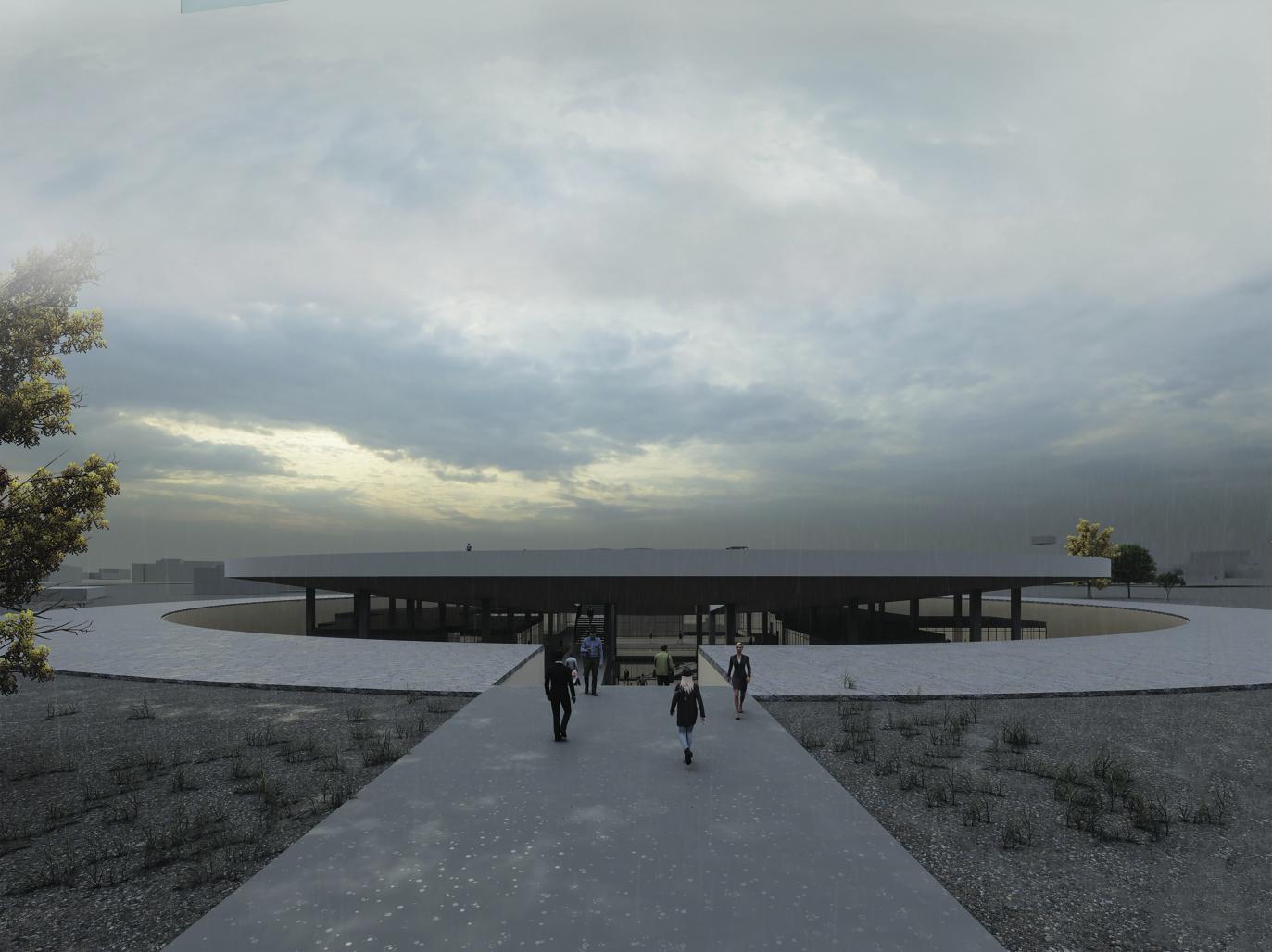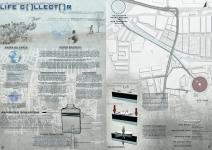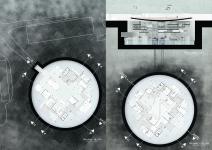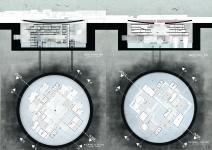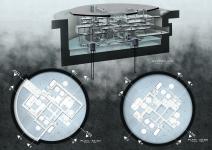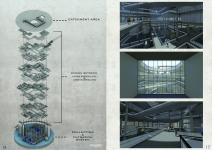Water is our basic source of life, and the basic need of our existence. On the other hand, climate change, population growth, industrialization and environmental pollution threaten the existince of water which is an natural common in the cities. We know that, the reduction of water resources causes water crises and water struggles in cities today.
Within scope of the studio, first step is to understand the city through its actual water resources, potentials and prroblems. Main concern of the studio is to understand how and why we have a global and local water problems. Therefore, the question is: Can we develop a critical reaction against water problems through architecture ?
WATER SCARCITY
The water droplets combine with other droplets and fall to Earth in the form of precipitation (rain, snow..). Once the precipitation has fallen to Earth, it may go into an aquifer as groundwater or the drop may stay above ground as surface water. Precipitation is the main way that the water in the skies comes down to Earth, where it fills the lakes and rivers, recharges the underground aquifers, and provides drinks to plants and animals. The world is facing a water quality challange. Serious and increasing pollution of fresh water in both developing and developed countries poses a growing risk to public health, food security, biodiversity and other ecosystem services.
When people talk about running out of water, what they really mean is,
do they have access to that very small percentage ?
In fact, by 2040 most of world will not have enough water to meet demand year-round. We are facing a global water crisis and It is getting worse. There is no substitute for water. Each of us will die in just a few days without it. Cape Town, It could become the first major city in the world to run out of water. Cape Town, South Africa, is inching closer now to ‘DAY ZERO’. And It’s not just Cape Town; Sao Paulo, Melbourne, Jakarta, London, Beijing, İstanbul, Tokyo, Barcelona and Mexico City will all face their own DAY ZERO in the next few decades unless their water use radically changes.
2020
0000
WATER ON EARTH
Earth is known as the ‘BLUE PLANET’ because 71% of the Earth’s surface is covered with water.There is no shortage of water. We have 326 million trillion (326x10¹⁸) gallons of it. Water may freeze into ice or evaporate into air, but it does not leave our planet.
The Earth has an abundance of water, but unfortunatelly, only a small percentage is even usuable by humans. 97% of it is salty and 2% is trapped in ice at the poles, so all of humankind relies on just 1% of that water to survive.
It also matters where the water is. The visible bodies of water are referred to as surface water. The majority of fresh water is actually found underground as soil moisture and in aquifers.
UNDERGROUND WATER
98% of Earth's available fresh water is groundwater. Water in the ground travels through pores in soil and rock, and in fractures and weathered areas of bedrock. Groundwater can be found in aquifers. An aquifer is a body of water-saturated sediment or rock in which water can move readily.
Groundwater is a vey plentiful source of fresh water, it must be a protected resource.
Protection of groundwater should be a high priority as the population on Earth continues to rise and potable water becomes a valuable resource. Protecting groundwater also means protecting surface water, rain water and all forms of water, because water continues to cycle and recycle. Once the water is contaminated, It is difficult to ever remediate.
Most of world’s freshwater - about 10 million cubic km of it - is contained in underground aquifers. The rest comes from;
Rainfall: 119,00cubic km
Man-made reservoirs: 5,000 cubic km
Lakes: 91,000 cubic km
Rivers: 2,120cubic km
RAINWATER COLLECTING
Rainwater Collecting is an important alternative with the potential to increase the usuable domestic water, to protect the underground water and to ensure it’s sustainability. It is defined as collecting from catchment areas to meet demand for domestic, industry, agriculture and environmental purposes when water sources are becoming scarce or low quality . It is the process of catching, transferring and stoing rainwater for future use. Today, Rainwater Collecting System has begun to be regarded as one of the most important modern water resources as a solution to water scarcity problems.
Rainwater Collecting System consist of 3 basic elements which are:
COLLECTING SYSTEM
CONVEYANCE SYSTEM
STORAGE SYSTEM
TÜRKMEN ŞAHİN
Favorited 28 times
